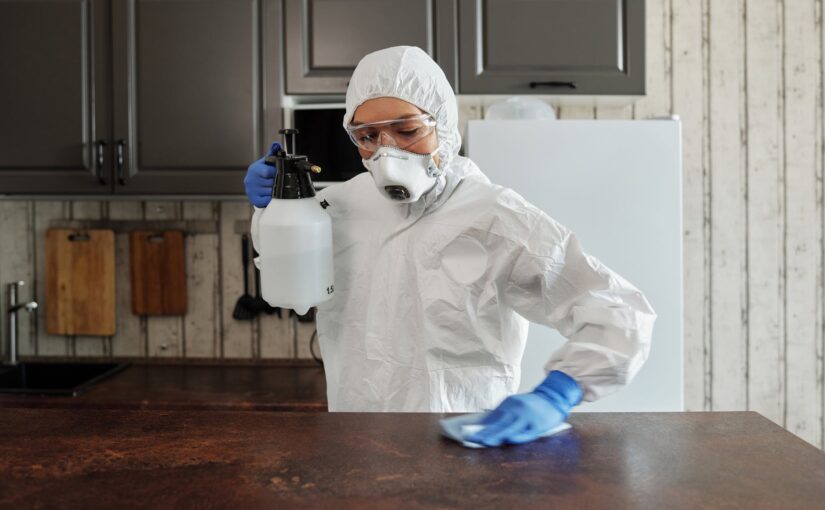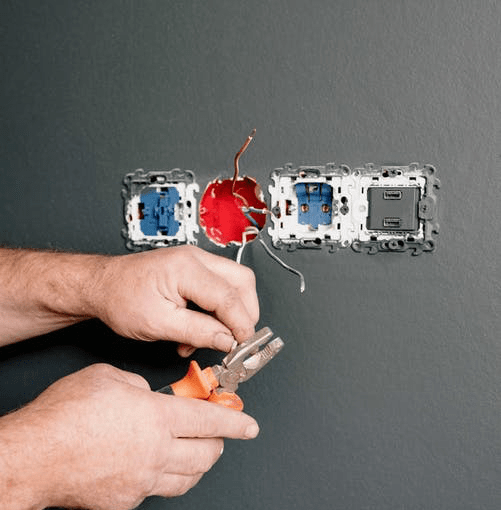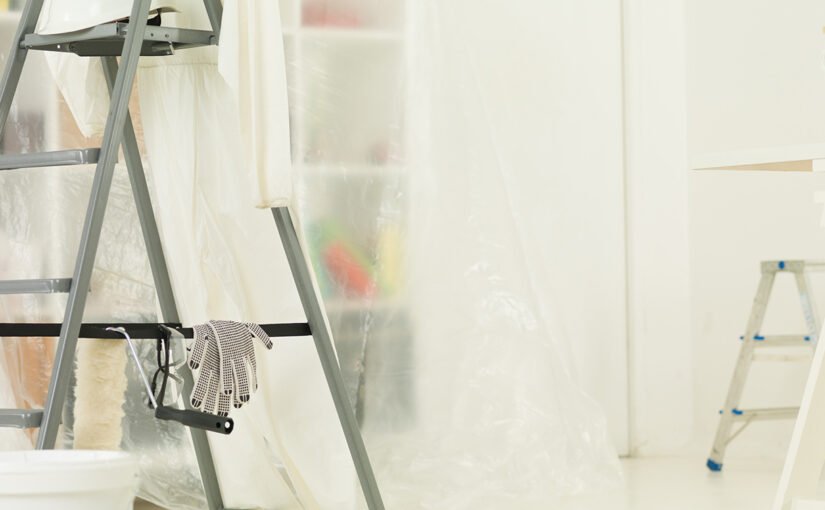
Montgomery County is one of the densely populated areas in Maryland. The place is home to around 1.1 million people in the US. If you are buying a home here, you can contact the top Montgomery County plumbers to fix leakage issues in your home.
Among the common plumbing problems, water heater noises are commonly found in most homes. Noises can be tough to pinpoint since you cannot see the source of the noise. Here are some easy ways in which you can deal with water heater issues in the US.
Common Reasons for Water Heater Problems
The Residential Construction and Fire Code Compliance Division of Montgomery are responsible for maintaining the structural components of buildings in the County. Expert Montgomery County plumbers adhere to the rules and regulations of the government to fix water problems in the area.
Here are some common reasons for water heater noises in homes.
No Hot Water
An apparent reason for no supply of hot water is that your tank’s thermostat might have been set too low. It means the water heater isn’t heating up to the temperature it needs to for you to get hot water.
Leaking Water Heater
Montgomery County also conducts regular plumbing inspection programs to check the area’s sewage and water supply systems.
To check for leaking, you must turn off all power or fuel supplies to your water heater then carefully remove its front access door. Next, look for any obvious signs of leaks, water stains, or puddles. If you find signs of leaking at the bottom, this could indicate a problem with your drain valve.
On the other hand, if you see water around the top of the heater, it may be time to replace gaskets or seals in your access door or top.
Not Enough Hot Water
Water heaters can be a tough product to maintain, and when there’s a problem, it usually means you’re going to have a cold shower. This is especially aggravating if the water heater isn’t that old. However, it’s not always necessary to purchase a new model or call in an expensive professional for repairs. Many problems are easy to fix with the right professional help.
Leaking T&P Valve
A T&P valve is required when your tank-type water heater is in direct contact with a basement or crawl space. It’s designed and installed to provide an added layer of protection in the event that the water in your tank overheats and begins to leak.
When you hear a hissing noise coming from the top of your water heater:
· It may be a T&P valve, which is designed to relieve excessive pressure. This means it has done its job; you can turn it back down and stop worrying about an exploding tank.
When the hissing continues:
· The sound could mean that the T&P valve is stuck open. This isn’t a serious problem, but it should be checked out if you want to avoid wasting energy or experiencing weird changes in your pressure levels.
· It could also mean that the T&P valve has sprung a leak, which needs immediate attention because it can cause water damage to your home.
Improperly Adjusted Temperature Controls
It’s possible that your water heater’s thermostat might not be set correctly. As a result, there will be less hot water available than usual. The solution is to turn up the temperature of the controls so more heat is produced by the tank—not just transferred through it by radiation and conduction.










